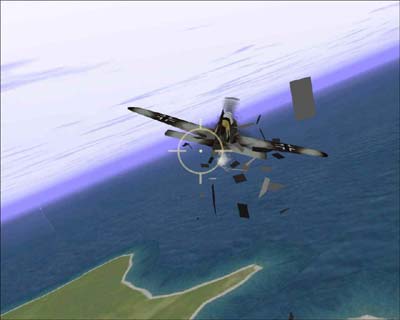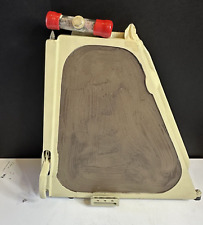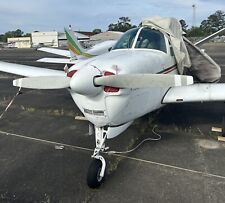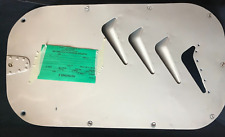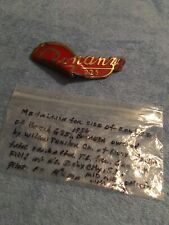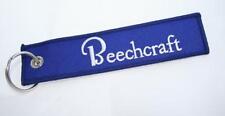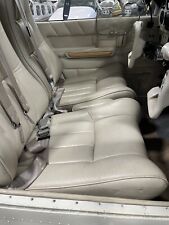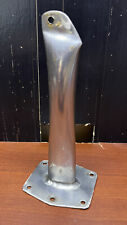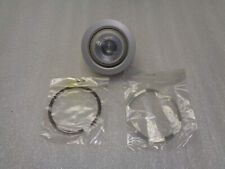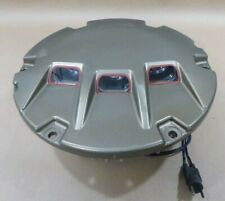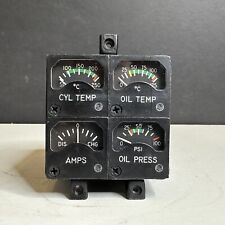Back To Page 1 Part One – The Rudder Background Concepts Early aviation pioneers discovered that an airplane had three control axes…vertical, lateral, and longitudinal. After a few bruising ground impacts, they also found that these had to be balanced together in order to maintain any semblance of controlled flight.  For these early pilots, controlled flight meant maintaining a level altitude and successfully turning to a planned heading. Maintaining an altitude was not a major problem but heading control definitely was. “Controlled” flight meant coordinated flight, and the key to coordinated aircraft control was the use of devices that “controlled” aircraft movement in three different axes. They called the vertical axis “yaw”, the longitudinal axis “roll”, and the lateral axis “pitch”. The control devices for these axes were rudder (yaw), aileron (roll), and elevator (pitch). The focus of this section is on the aircraft rudder. How it is modeled in our sims is an issue of directional control. We’re going to talk about directional control, and our attention is going to be on four main problem areas that we have to contend with when flying our missions. These areas are engine effects, crosswinds, directional stability, and adverse yaw. Let’s start with how every flight begins and ends…with the takeoff and landing. In our newer sims, we find getting airborne and getting back on the ground to be every bit as challenging as in real life. Our first two problem areas – engine effects and crosswinds – present the greatest challenge to a successful start and finish of every flight. Later, in the technique section, we’ll go into more detail on these effects and how we use the rudder to deal with them. Engine Effects Engine effects are something that the newer prop sims have included to make our lives miserable! I don’t want to make this discussion an aerodynamics lesson, and I’m no aero engineer anyway! There are several engine/propeller effects that affect how we fly our sims…I’ll just lump them all together for simplicity’s sake. Jet sims usually do not have engine effects to deal with. However, in prop aircraft, especially small fighter sized aircraft with powerful engines and large propellers, the rotational effect of the prop as power is added and the flow of the propwash can introduce directional problems that must be countered with rudder input to keep the aircraft “going straight”. This directional problem is seen as a strong tendency to veer sideways opposite the direction of the prop rotation, and the rudder is used to correct this problem. Crosswinds How do crosswinds enter the equation? Simple…a crosswind wants to do the same thing that engine effect does. It wants to land you in the weeds! The crosswind will make runway alignment a real challenge in your takeoff as well as your final approach and touchdown. The answer again is to use rudder to align your aircraft with the runway as you takeoff or touch down. Directional Stability Another area in which rudder can play a role is that of flight path directional control. What exactly is this? Simply speaking, directional stability is keeping your fuselage aligned with your flight path. We don’t want any sideways flying! Sounds good, you say…but how do I do that in the cockpit? What is my “directional stability” meter? And do I have such an indicator in my sim?
For these early pilots, controlled flight meant maintaining a level altitude and successfully turning to a planned heading. Maintaining an altitude was not a major problem but heading control definitely was. “Controlled” flight meant coordinated flight, and the key to coordinated aircraft control was the use of devices that “controlled” aircraft movement in three different axes. They called the vertical axis “yaw”, the longitudinal axis “roll”, and the lateral axis “pitch”. The control devices for these axes were rudder (yaw), aileron (roll), and elevator (pitch). The focus of this section is on the aircraft rudder. How it is modeled in our sims is an issue of directional control. We’re going to talk about directional control, and our attention is going to be on four main problem areas that we have to contend with when flying our missions. These areas are engine effects, crosswinds, directional stability, and adverse yaw. Let’s start with how every flight begins and ends…with the takeoff and landing. In our newer sims, we find getting airborne and getting back on the ground to be every bit as challenging as in real life. Our first two problem areas – engine effects and crosswinds – present the greatest challenge to a successful start and finish of every flight. Later, in the technique section, we’ll go into more detail on these effects and how we use the rudder to deal with them. Engine Effects Engine effects are something that the newer prop sims have included to make our lives miserable! I don’t want to make this discussion an aerodynamics lesson, and I’m no aero engineer anyway! There are several engine/propeller effects that affect how we fly our sims…I’ll just lump them all together for simplicity’s sake. Jet sims usually do not have engine effects to deal with. However, in prop aircraft, especially small fighter sized aircraft with powerful engines and large propellers, the rotational effect of the prop as power is added and the flow of the propwash can introduce directional problems that must be countered with rudder input to keep the aircraft “going straight”. This directional problem is seen as a strong tendency to veer sideways opposite the direction of the prop rotation, and the rudder is used to correct this problem. Crosswinds How do crosswinds enter the equation? Simple…a crosswind wants to do the same thing that engine effect does. It wants to land you in the weeds! The crosswind will make runway alignment a real challenge in your takeoff as well as your final approach and touchdown. The answer again is to use rudder to align your aircraft with the runway as you takeoff or touch down. Directional Stability Another area in which rudder can play a role is that of flight path directional control. What exactly is this? Simply speaking, directional stability is keeping your fuselage aligned with your flight path. We don’t want any sideways flying! Sounds good, you say…but how do I do that in the cockpit? What is my “directional stability” meter? And do I have such an indicator in my sim?  We sure do! It’s commonly referred to as the “turn and slip” indicator, and is an instrument that goes way back to the early days. For the purposes of this article, we’re only interested in the “slip” part. This part of the instrument has a trace with a ball in it. It looks somewhat like a carpenter’s level. Just as the ball in the carpenter’s level tells him if the level is, in fact, level, the ball in the slip indicator tells the pilot if the aircraft fuselage is aligned with the flight path. If the fuselage and flight path are aligned, the ball is in the middle of the trace. If not, the ball will be to the right or left of the center position. We call this out of center position “yaw”. Why it got there and what we do about it is the heart of directional stability. Fine, you say. Is this a big deal for me in my sim? Maybe, maybe not! It all depends on how accurate your sim AI and flight model is. If the sim is modeled to accurately portray the flight model, then you may well have to watch your slip indicator to ensure that no yaw is present. This is particularly true of sims that model WW2 aircraft. As we saw earlier, flight is a balancing act that varies as an aircraft moves through the air. For WW2 fighters, it was typical that their designers accounted for yaw stability at what was expected to be “normal” (cruise) speeds. At speeds above and below this area, then the aircraft would need a rudder input to maintain coordinated flight. For example, in a Me-109 it was usual to apply a little right rudder in the climb and then, once the aircraft reached cruise speed, the rudder was returned to the neutral position. Aircraft rudders were designed in several ways to balance the aircraft in flight. Some, such as the Hurricane, had their vertical stabilizer offset slightly to help in directional control. Others had a small tab attached to the movable rudder that was bent in a given direction until the aircraft flew “straight” at cruise speeds. This was done through trial and error during the aircraft’s initial acceptance phase of testing. Still others used trim tabs to keep the ball centered.
We sure do! It’s commonly referred to as the “turn and slip” indicator, and is an instrument that goes way back to the early days. For the purposes of this article, we’re only interested in the “slip” part. This part of the instrument has a trace with a ball in it. It looks somewhat like a carpenter’s level. Just as the ball in the carpenter’s level tells him if the level is, in fact, level, the ball in the slip indicator tells the pilot if the aircraft fuselage is aligned with the flight path. If the fuselage and flight path are aligned, the ball is in the middle of the trace. If not, the ball will be to the right or left of the center position. We call this out of center position “yaw”. Why it got there and what we do about it is the heart of directional stability. Fine, you say. Is this a big deal for me in my sim? Maybe, maybe not! It all depends on how accurate your sim AI and flight model is. If the sim is modeled to accurately portray the flight model, then you may well have to watch your slip indicator to ensure that no yaw is present. This is particularly true of sims that model WW2 aircraft. As we saw earlier, flight is a balancing act that varies as an aircraft moves through the air. For WW2 fighters, it was typical that their designers accounted for yaw stability at what was expected to be “normal” (cruise) speeds. At speeds above and below this area, then the aircraft would need a rudder input to maintain coordinated flight. For example, in a Me-109 it was usual to apply a little right rudder in the climb and then, once the aircraft reached cruise speed, the rudder was returned to the neutral position. Aircraft rudders were designed in several ways to balance the aircraft in flight. Some, such as the Hurricane, had their vertical stabilizer offset slightly to help in directional control. Others had a small tab attached to the movable rudder that was bent in a given direction until the aircraft flew “straight” at cruise speeds. This was done through trial and error during the aircraft’s initial acceptance phase of testing. Still others used trim tabs to keep the ball centered.
Today, things are much easier in most cases. The modern fighter has automatic devices that help keep the “ball” centered. We call these “yaw stability augmenters”. These tend to make flying less complicated as the pilot does not have to constantly check his slip indicator to check for directional instability. But the jet pilot is not totally off the hook. Rudder is still important in some situations, and we’ll see these further on in this article.





